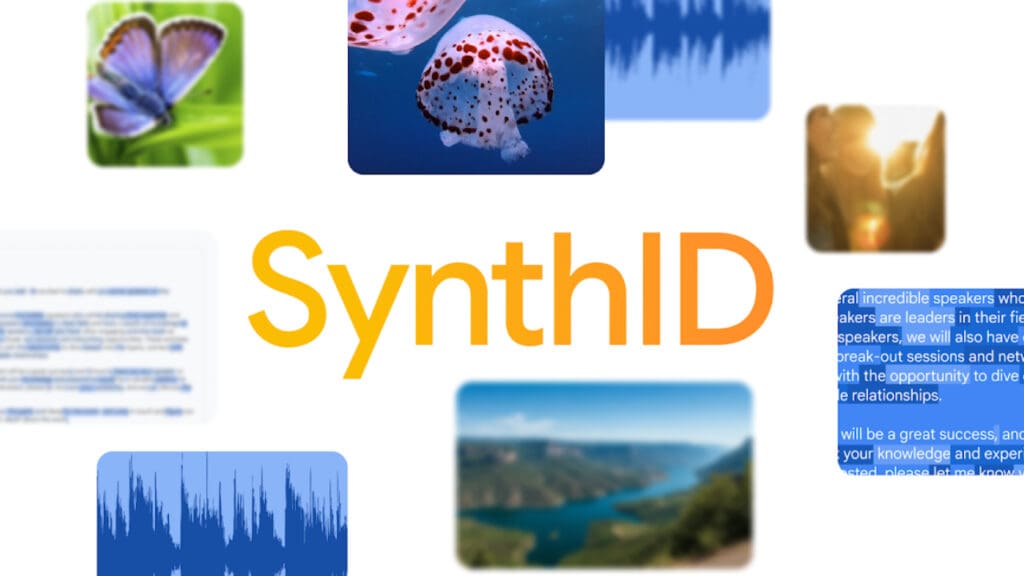Google uses watermarks to differentiate between AI-generated and human-generated text. As generative AI advances, major tech companies are developing tools to identify AI-produced content. One such tool, Google SynthID, incorporates a digital watermark to help recognize text created by public AI models. Additionally, SynthID TexT is being released on Hugging Face and will be part of the Responsible GenAI Toolkit. In an official statement on the company’s X account, Google announced: “We are making the SynthID TexT watermarking tool open-source. This will enable developers and businesses to better identify content that is freely available and AI-generated.”
How does SynthID TexT work?

Artificial intelligence models rely on token distribution to process and generate text. Google’s new technology operates on the principle of matching text with tokens. SynthID TexT, part of this system, creates patterns based on possible word formations and marks outputs according to these patterns. Google acknowledges that this technology has limitations, particularly when dealing with short texts, translated or paraphrased content, and knowledge-based articles, where its accuracy may decrease.
This technology has now been integrated into Google’s Gemini models. In regions like China and California, AI output marking technologies, such as SynthID TexT, have become mandatory. With the adoption of similar regulations in other areas, AI detection markers are expected to become more widely used globally over time.
You may also like this content
- Microsoft Accelerates in Cybersecurity: AI Now Takes the Lead in Protection!
- DeepSeek Takes the World by Storm with Major Update to V3
- Google’s AI Tool Gemini Can Now “See” the World Using Your Phone Camera

